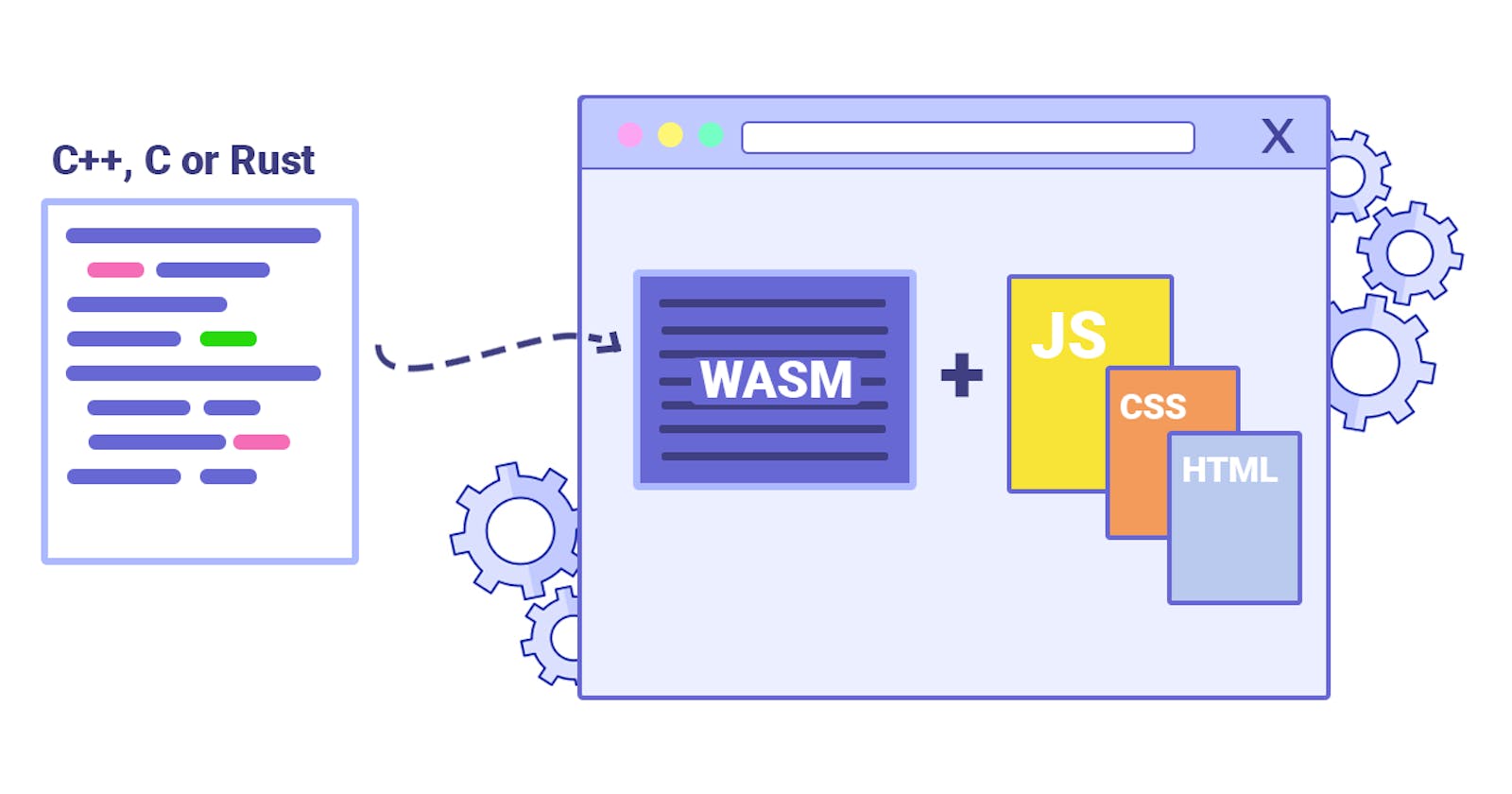Introduction
WebAssembly is a new binary format that is designed to improve the performance of web applications. WebAssembly is a low-level binary format that allows developers to write high-performance applications that can run in web browsers. In this blog, we will explore the history, architecture, and programming model of WebAssembly. We will also look at the performance benefits of WebAssembly and compare it to other web technologies.
History

WebAssembly was first announced in 2015 by Brendan Eich, the creator of JavaScript. WebAssembly was designed to be a low-level binary format that could be used to run high-performance applications in web browsers. The initial design of WebAssembly was influenced by asm.js, a subset of JavaScript that was designed to improve the performance of web applications.
In 2017, the WebAssembly specification was released as a W3C standard. Since then, WebAssembly has been implemented in all major web browsers, including Chrome, Firefox, Safari, and Edge.
Architecture
WebAssembly is a stack-based virtual machine that is designed to be platform-independent. This means that WebAssembly code can run on any platform that has a WebAssembly engine, including web browsers, servers, and IoT devices.
WebAssembly has a simple architecture that consists of four main components:
Binary format: WebAssembly code is written in a binary format that can be loaded and executed quickly by a WebAssembly engine.
Memory: WebAssembly has a linear memory space that can be used to store data. The memory space is divided into pages, each of which is 64KB in size.
Stack: WebAssembly uses a stack to execute instructions. The stack is used to pass parameters and return values between functions.
Modules: WebAssembly code is organized into modules. A module can contain one or more functions, as well as data and other resources.
Programming Model
WebAssembly code can be written in a variety of programming languages, including C++, Rust, and AssemblyScript. The code is compiled into WebAssembly bytecode, which can be executed by a WebAssembly engine.
WebAssembly has a simple programming model that is based on functions. Functions can be imported from other modules, exported to other modules, or defined within the same module.
WebAssembly functions can take parameters and return values. Parameters and return values are passed on the stack. WebAssembly also supports local variables, which are stored on the stack.
WebAssembly has a limited set of instructions that can be used to manipulate data on the stack, perform arithmetic and logical operations, and control program flow.
Performance Benefits
WebAssembly provides several performance benefits over other web technologies, including:
Speed: WebAssembly code can be executed faster than JavaScript code because it is compiled into binary code that can be executed directly by a WebAssembly engine.
Size: WebAssembly code is smaller than JavaScript code because it is a binary format. This means that WebAssembly code can be downloaded and parsed more quickly than JavaScript code.
Portability: WebAssembly code can run on any platform that has a WebAssembly engine. This means that developers can write code once and run it on any platform.
Code Demonstration
In this section, we will write a simple WebAssembly program in C++ that adds two numbers together. We will then compile the program into WebAssembly bytecode and load it into a web page using JavaScript.
Step 1: Write the C++ code
We will start by writing a simple C++ program that adds two numbers together. We will save the program in a file called "add.cpp".
#include <iostream>
extern "C" {
int add(int a, int b) {
return a + b;
}
}
This program defines a function called "add" that takes two integers as parameters and returns their sum.
Step 2: Compile the C++ code to WebAssembly
Next, we need to compile the C++ code to WebAssembly bytecode using a compiler like Emscripten. Emscripten is a toolchain that allows us to compile C++ code to WebAssembly.
We can use the following command to compile our C++ code to WebAssembly:
emcc add.cpp -s WASM=1 -o add.wasm
This command tells Emscripten to compile our "add.cpp" file to WebAssembly and output the resulting bytecode to a file called "add.wasm".
Step 3: Load the WebAssembly module in a web page
Now that we have compiled our C++ code to WebAssembly bytecode, we can load the resulting module into a web page using JavaScript.
We can use the following JavaScript code to load the WebAssembly module:
fetch('add.wasm')
.then(response => response.arrayBuffer())
.then(bytes => WebAssembly.instantiate(bytes))
.then(module => {
const add = module.instance.exports.add;
console.log(add(2, 3)); // Output: 5
});
This code uses the fetch API to load the "add.wasm" file as an array buffer. We then use the WebAssembly.instantiate function to create a new WebAssembly instance from the array buffer.
We can access the "add" function from the WebAssembly module using the "exports" property of the module instance. We can then call the "add" function and pass it two parameters.
Conclusion
WebAssembly is a powerful technology that allows developers to write high-performance applications that can run in web browsers. WebAssembly provides several performance benefits over other web technologies, including speed, size, and portability. With WebAssembly, developers can write code in a variety of programming languages and run it on any platform that has a WebAssembly engine.
